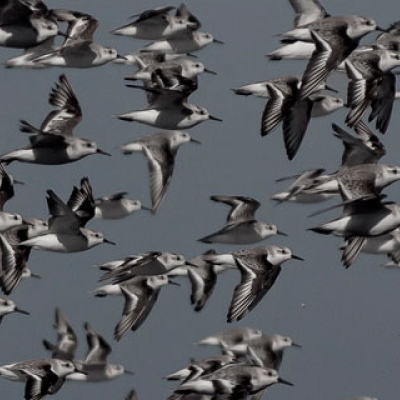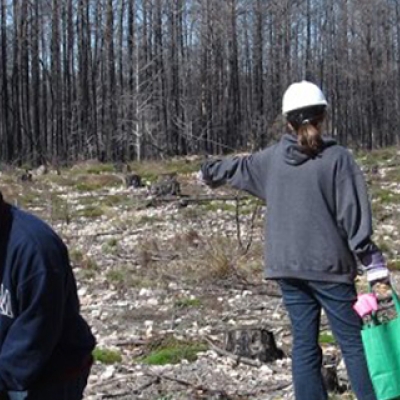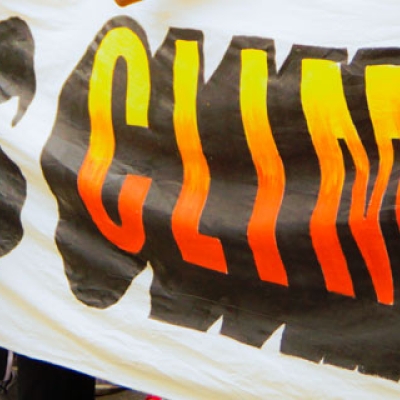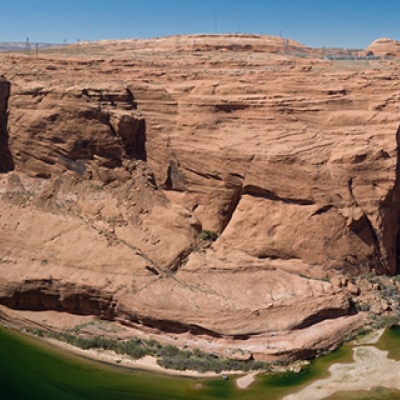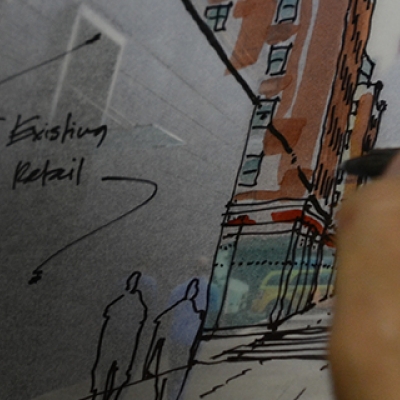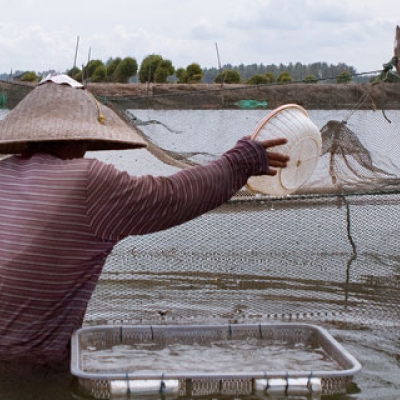
A New Perspective on Plant Pests
By Darrin Nordahl / On July 16th, 2013
Author Darrin Nordahl's food blog Today is...Fava Beans highlights a different food everyday along with a creative way to easily add it to our everyday diet.
Today's food changed the way I think about food, nutrition, and the environment. It is my epiphany food. And it is a pernicious, detestable weed.
Today is purslane.


